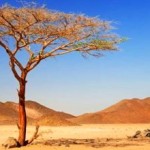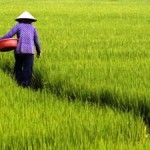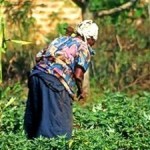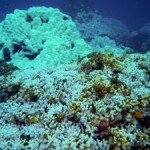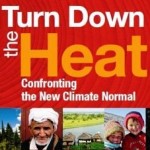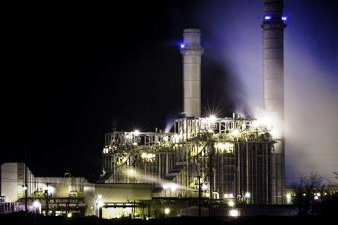The Bank is also developing a Climate Management Action Plan, informed by the Turn Down the Heat reports, to direct its future work and finance through a climate lens. Among other things, the Bank will:
- Help countries develop strategic plans and investment pipelines that integrate the risks and opportunities of climate change.
- Provide the tools that countries and cities need to better assess and adapt to climate change, including greenhouse gas emissions tracking, energy use and efficiency assessments, and assessments of resilience.
- Create best practices and norms through its projects for making infrastructure resilient, not just today but decades into the future.
- Use its convening power, financial leverage and targeted climate funds to increase support for clean energy, low-carbon development, and climate resilience.
In order to help countries build resilience, the Bank will prioritize the most vulnerable areas, manage water availability and extremes, and increase its efforts to meet growing food demand. It will work with the world’s largest emitters to lower their impact through carbon emissions and short-lived climate pollutants. Its specialists are working on ways to help governments end fossil fuel subsidies while protecting the poor, connect global carbon markets, and make agriculture and cities climate-smart and resilient.
“I do not believe the poor are condemned to the future scientists envision in this report,” Kim said. “We are determined to work with countries to find solutions.”
Click here to read/download the Full Report.

